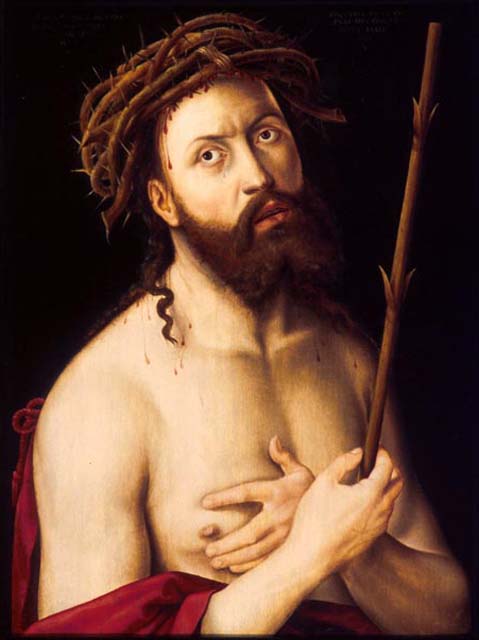Help Listening
Play Online
- Use the links on this page to choose which track you would like to listen to
- Press the “Play” button to begin
Listen In-Gallery
- Visit agnes.queensu.ca/digital-agnes
- Select the audio track you would like to listen to and press “Play”
Listening to this content will require a Wi-Fi connection or a data plan.
Some charges may apply, please consult your mobile provider)
Other Ways to Listen
Tap or click on “Transcript” under each track to read or download the full transcript of each audio commentary.
Transcript
Early Christian theologians embraced maternal and androgynous imagery.

Unknown maker, Carved Architectural Ornament, unknown date, wood, varnish. Unknown source (M77-720)

Georg Pencz, Ecce Homo, 1538, oil on limewood panel. Gift of Alfred and Isabel Bader, 1986 (29-002)
Jennifer Awes Freeman is the Associate Professor and Program Director of Theology and the Arts at United Theological Seminary of the Twin Cities in Minnesota. She is also an Adjunct Professor in Art History at the University of Minnesota. She is the author of The Good Shepherd: Image, Meaning and Power, and The Ashburnham Pentateuch and its Contexts: The Trinity in Late Antiquity and the Early Middle Ages.